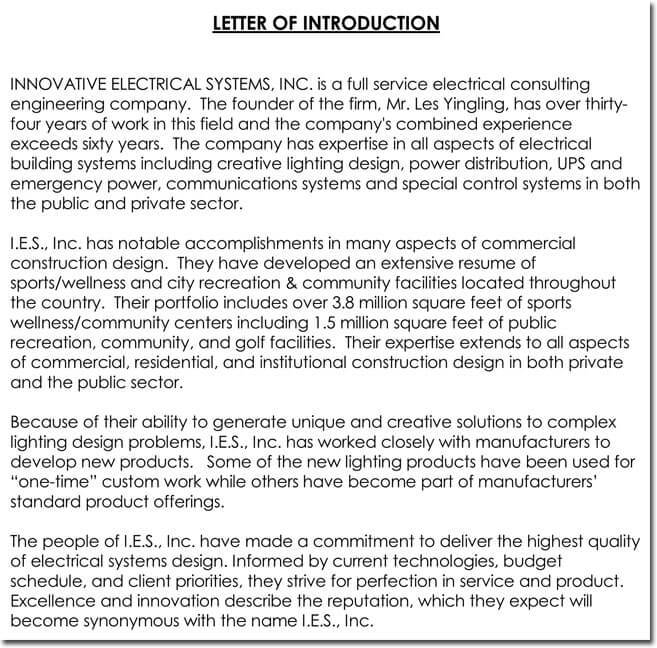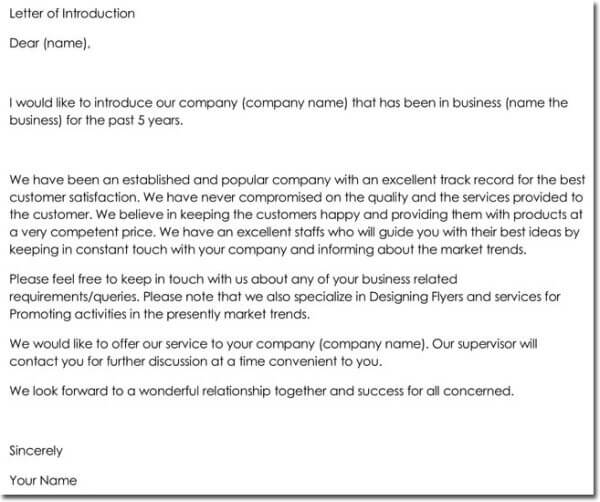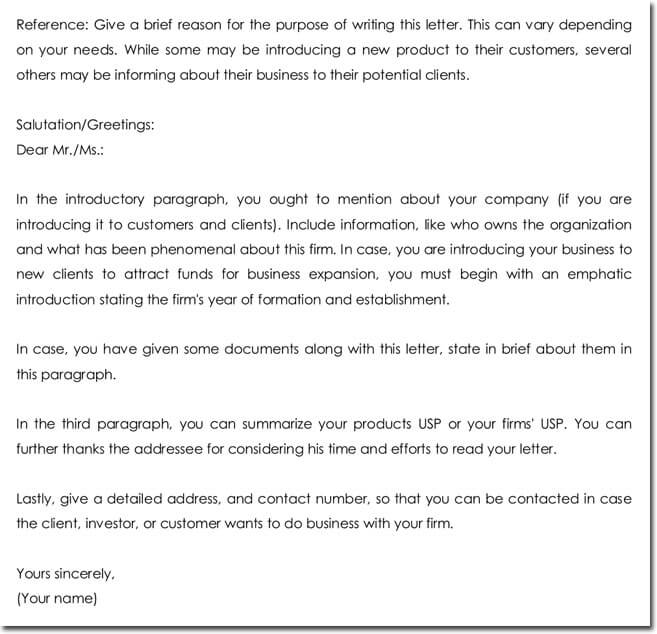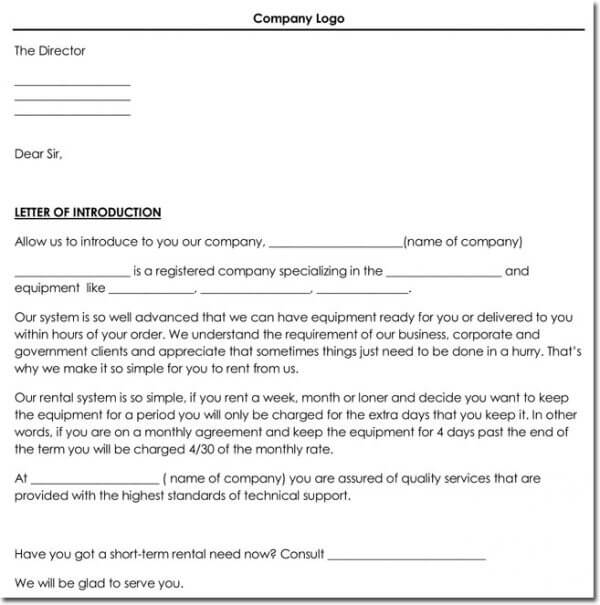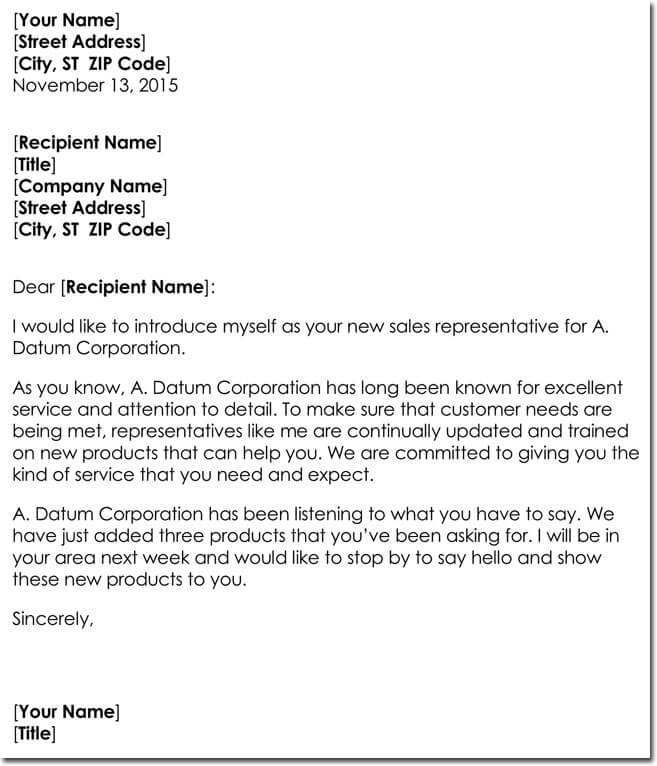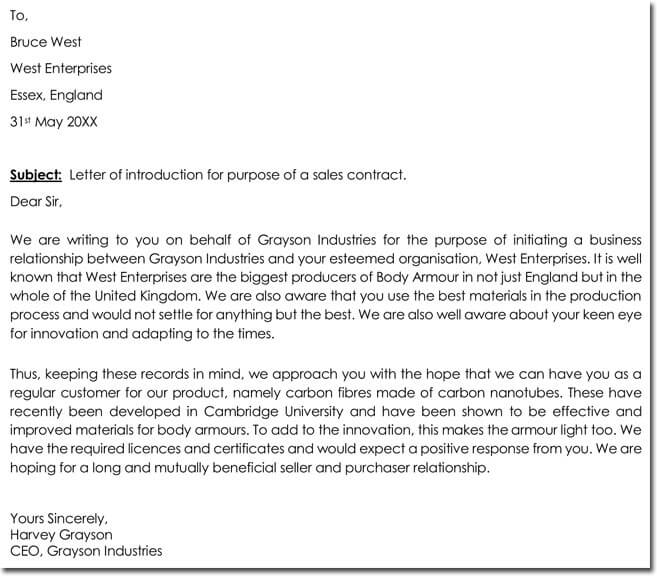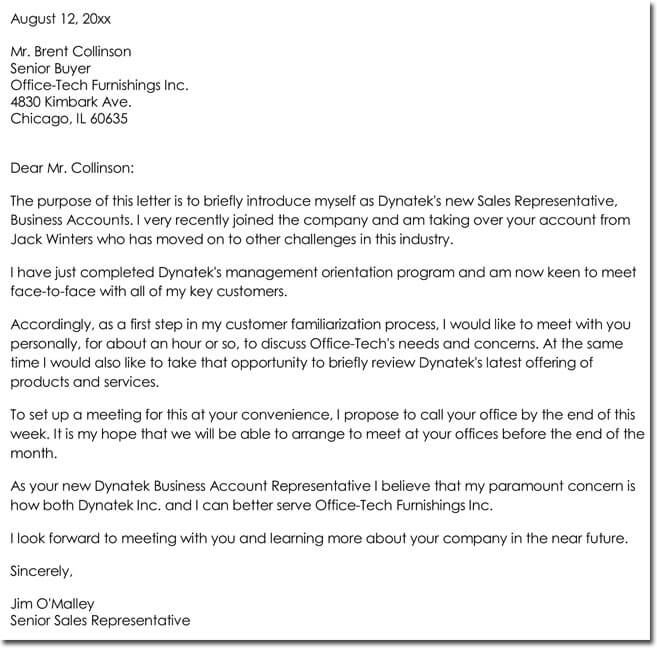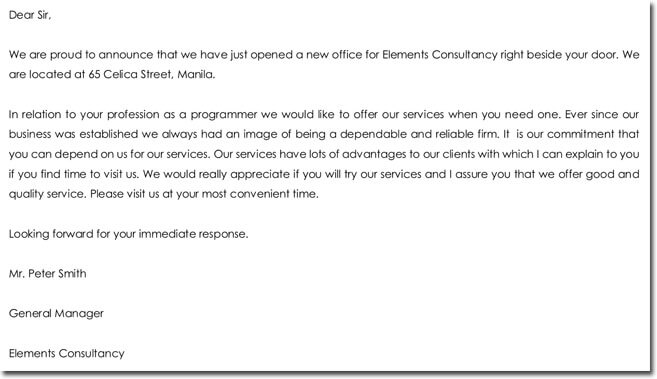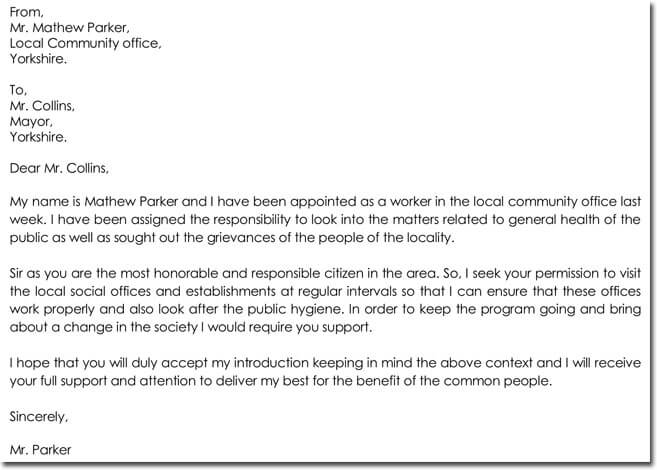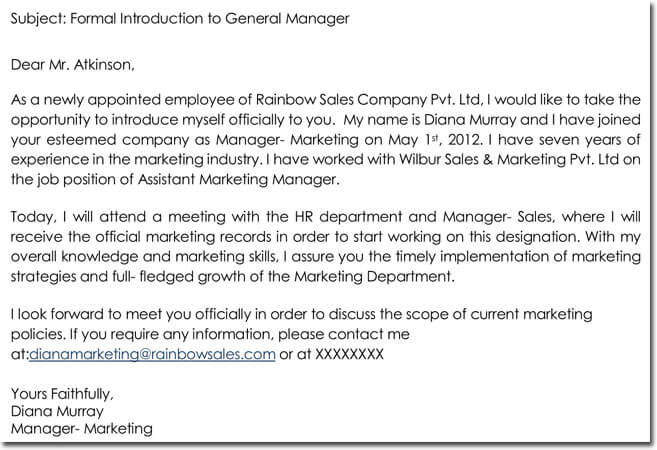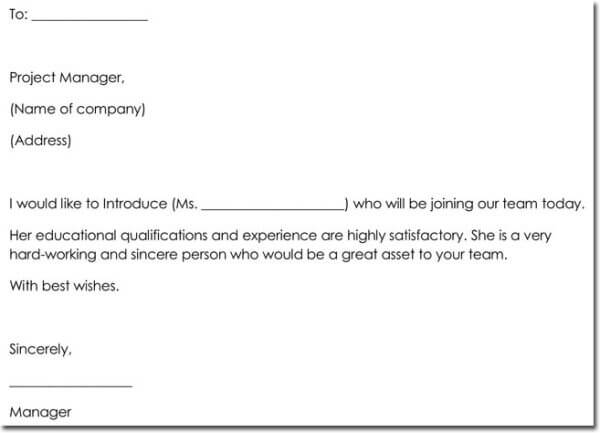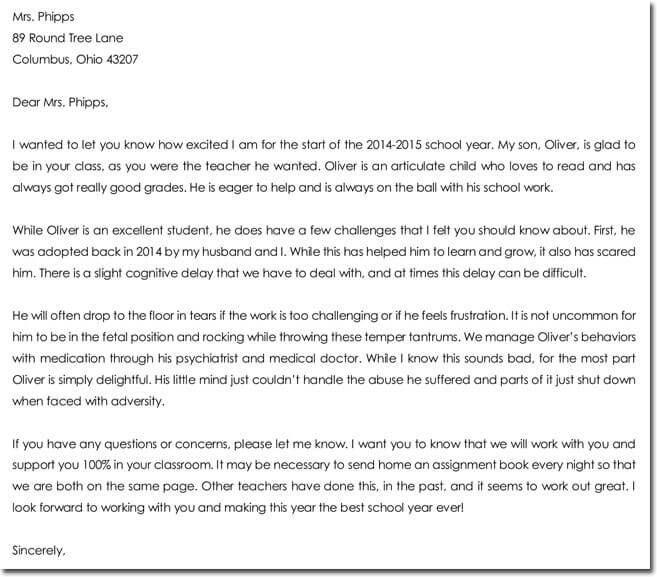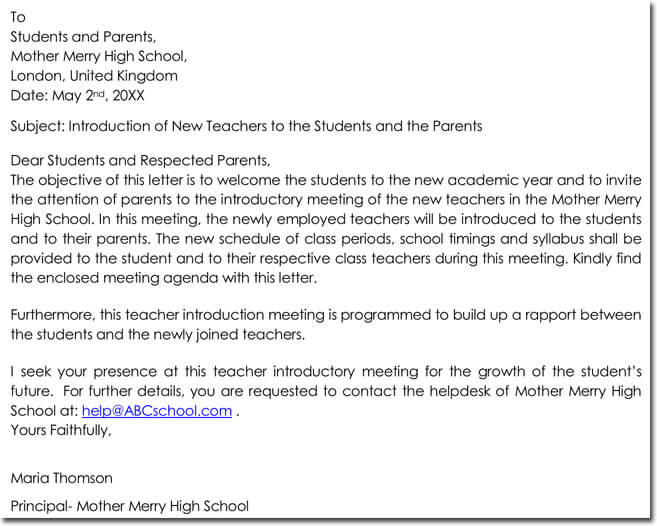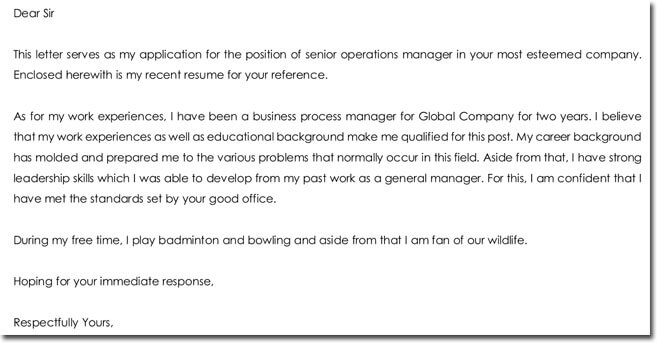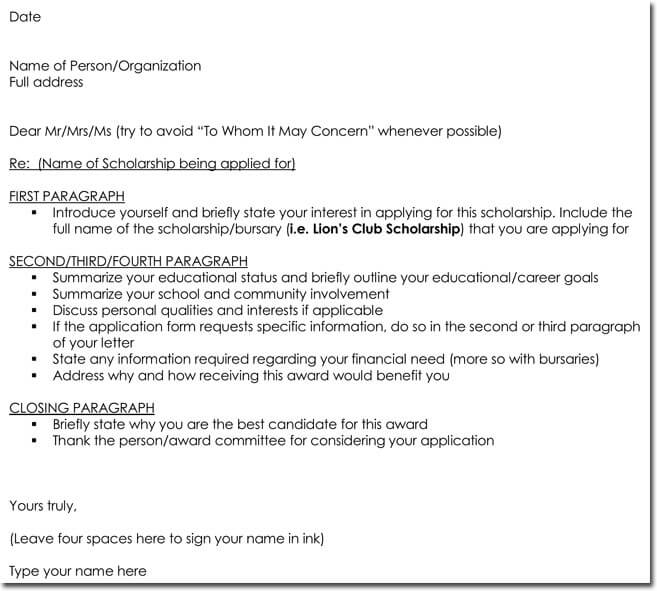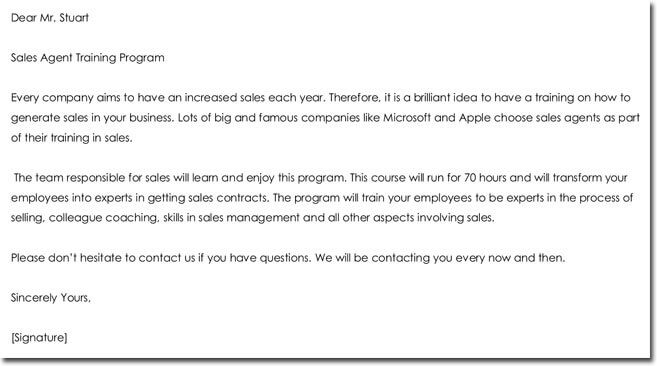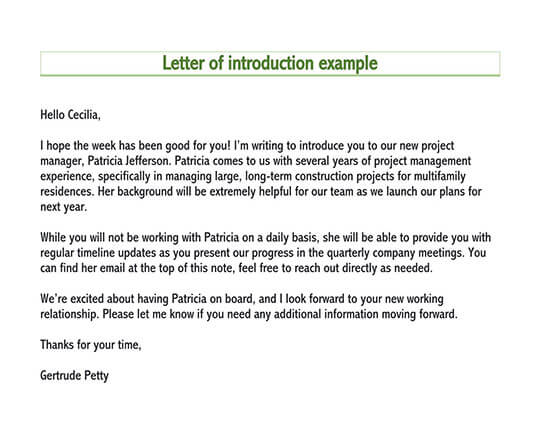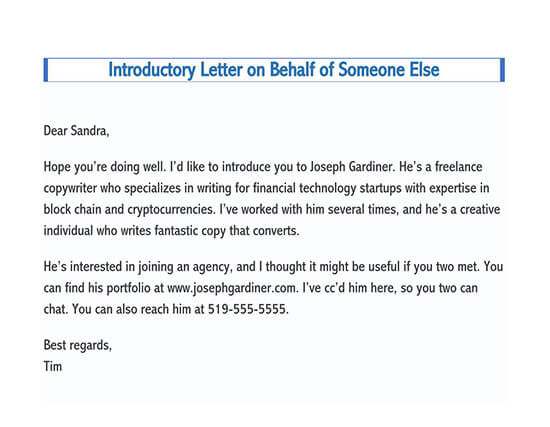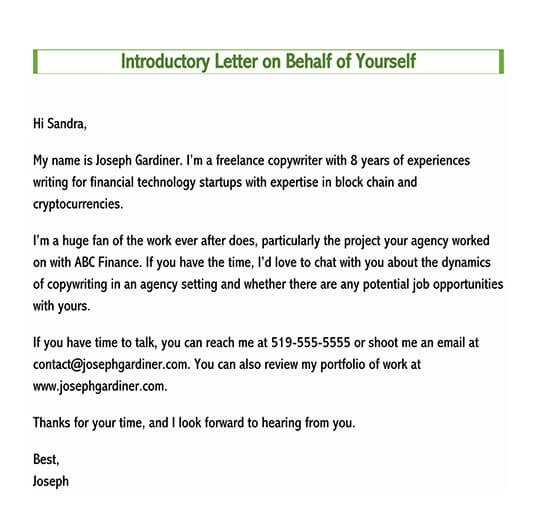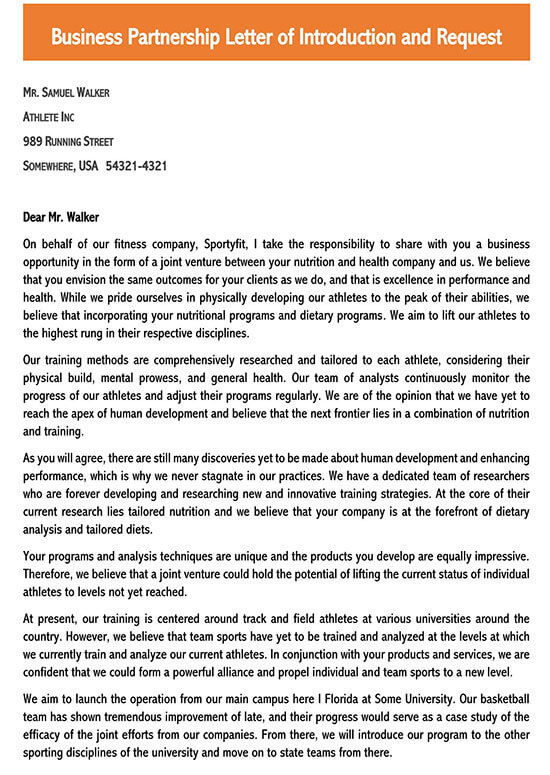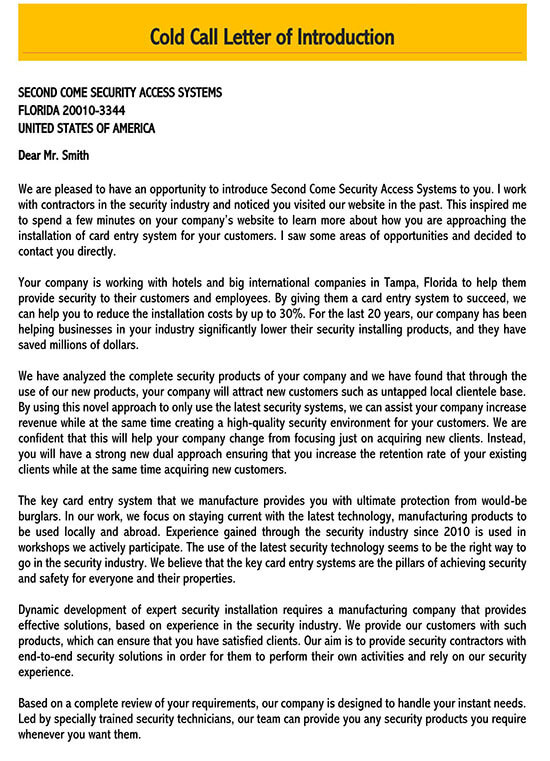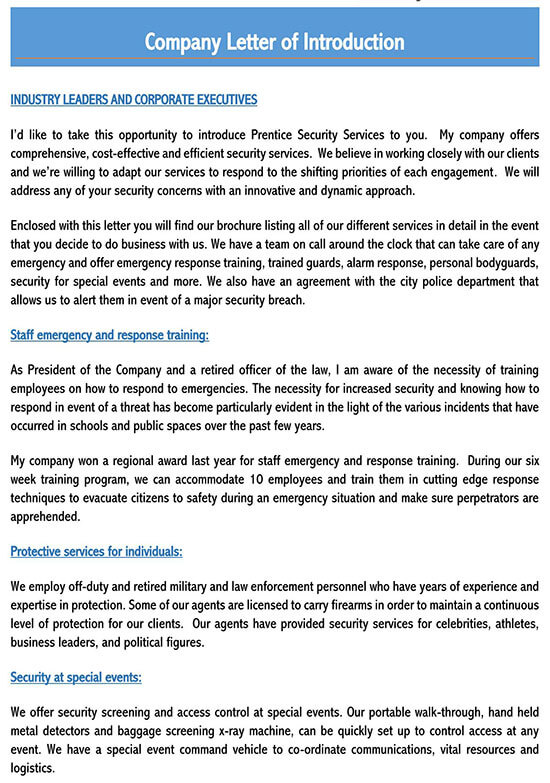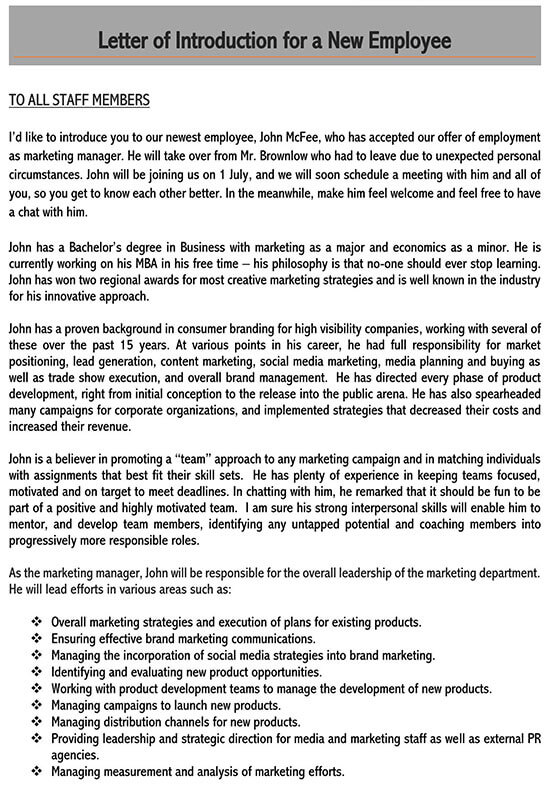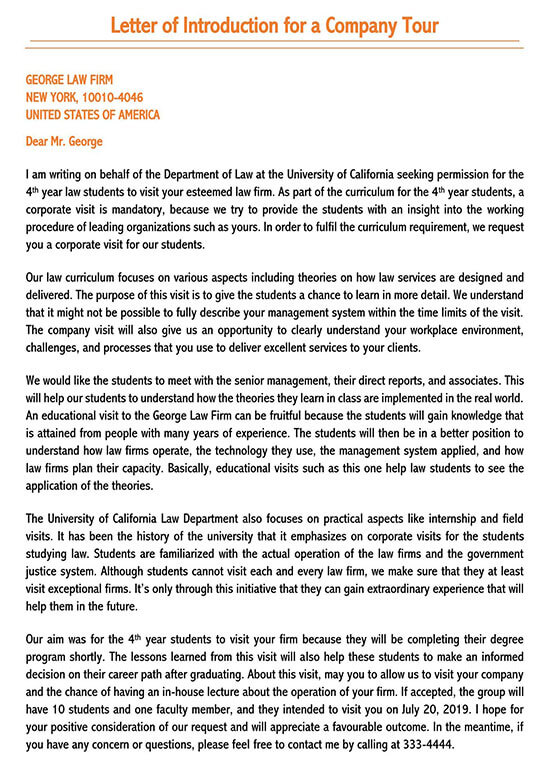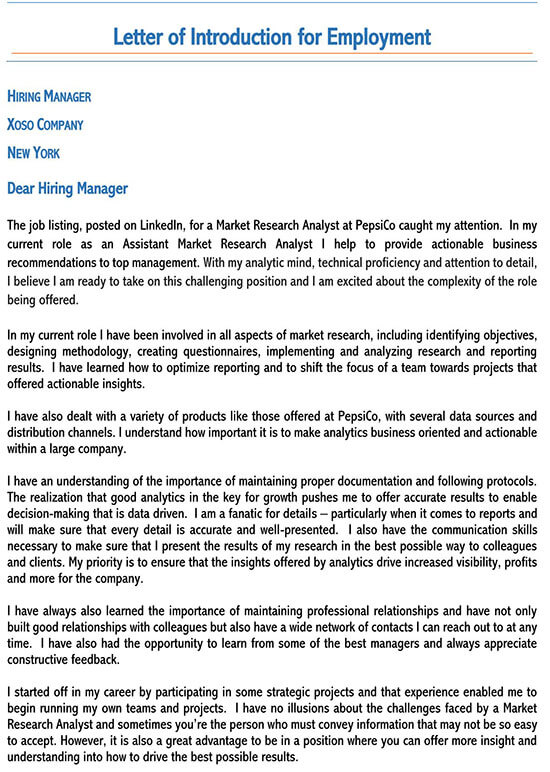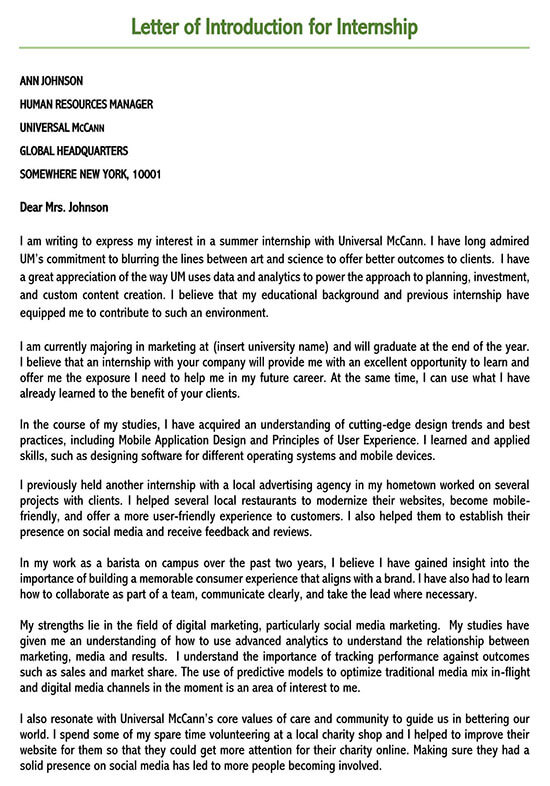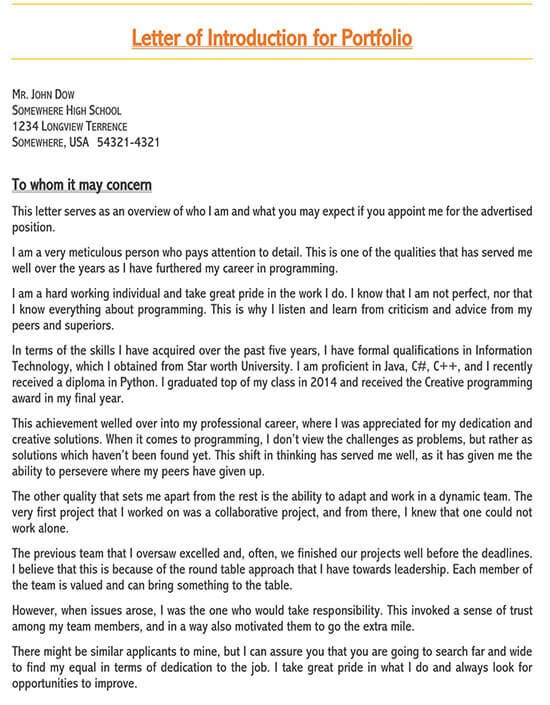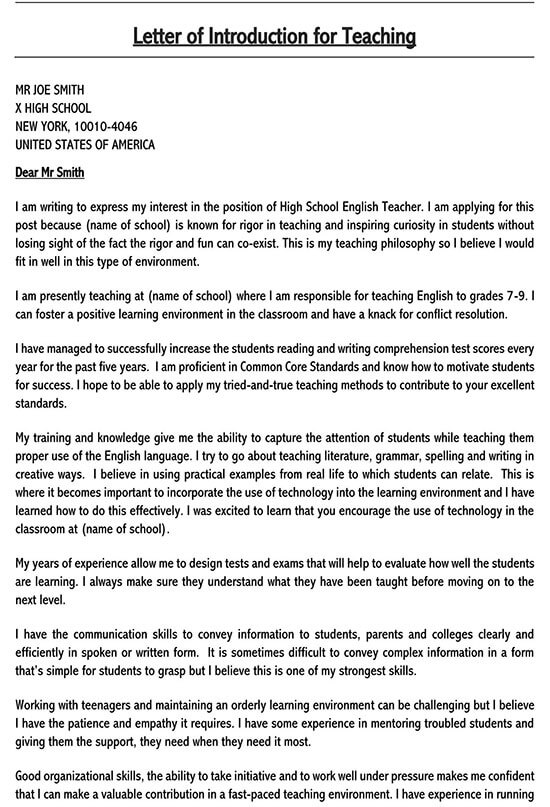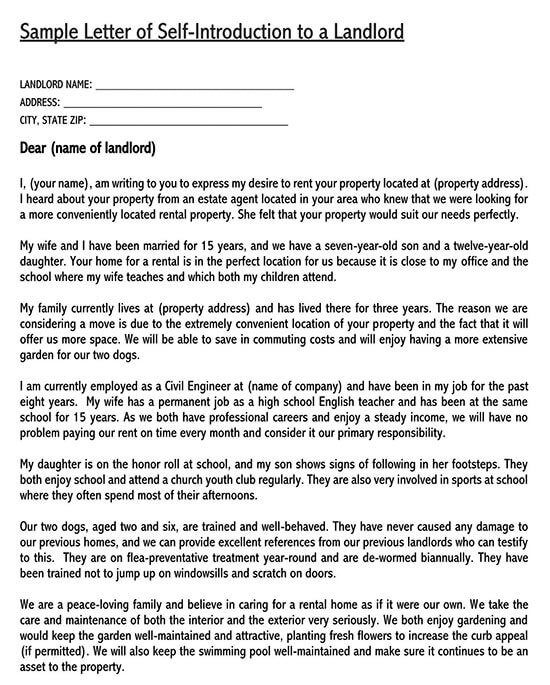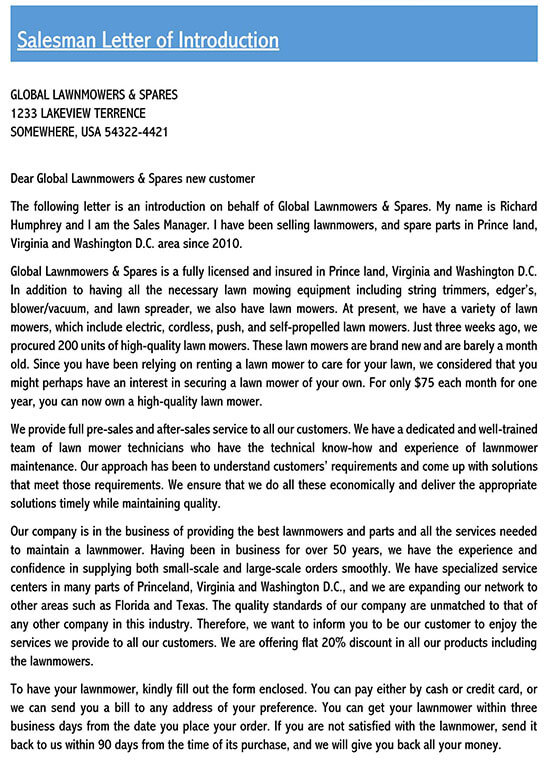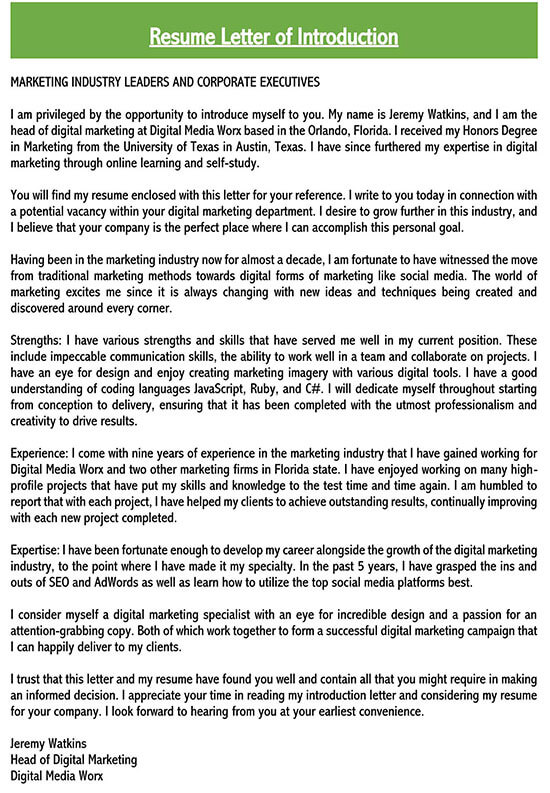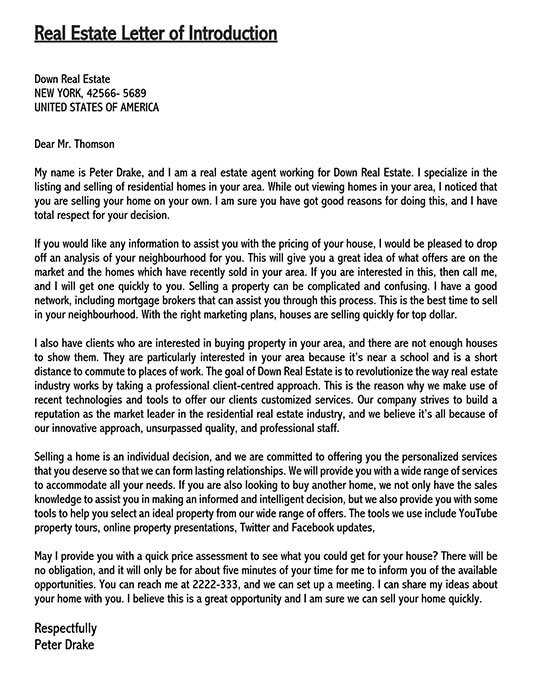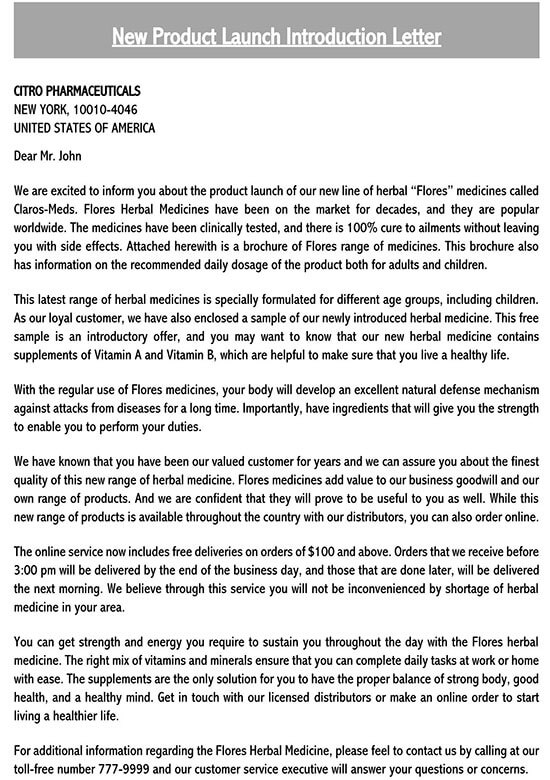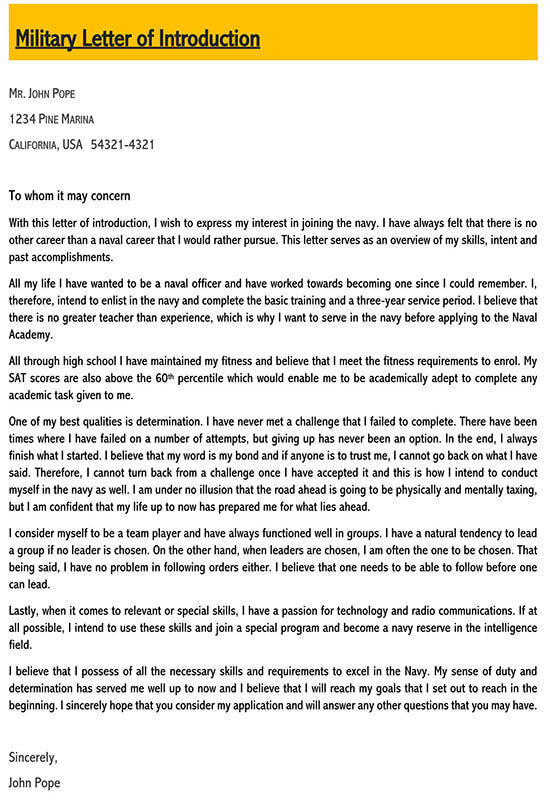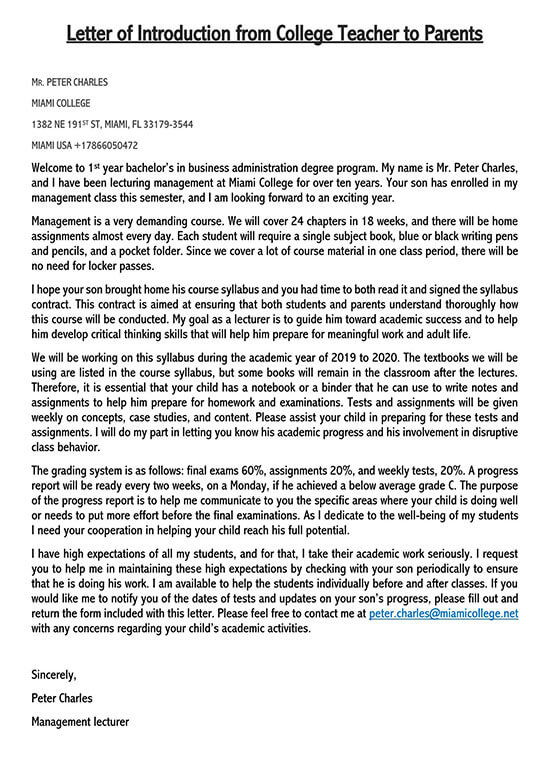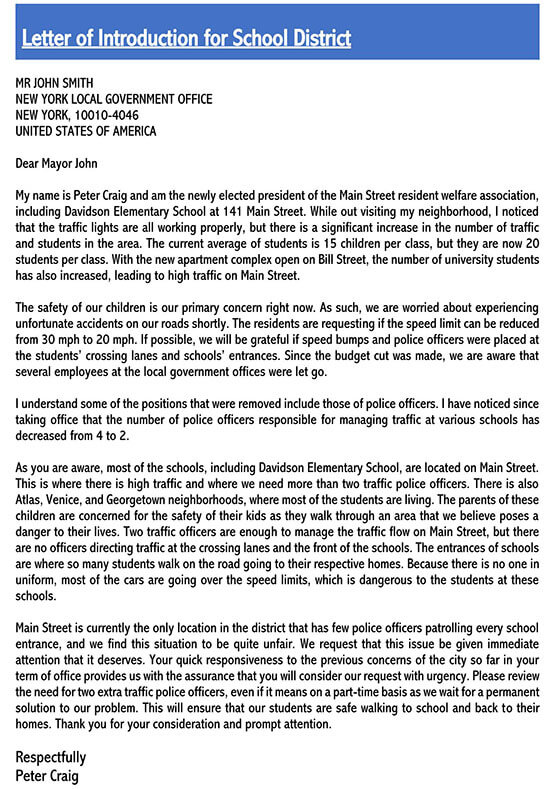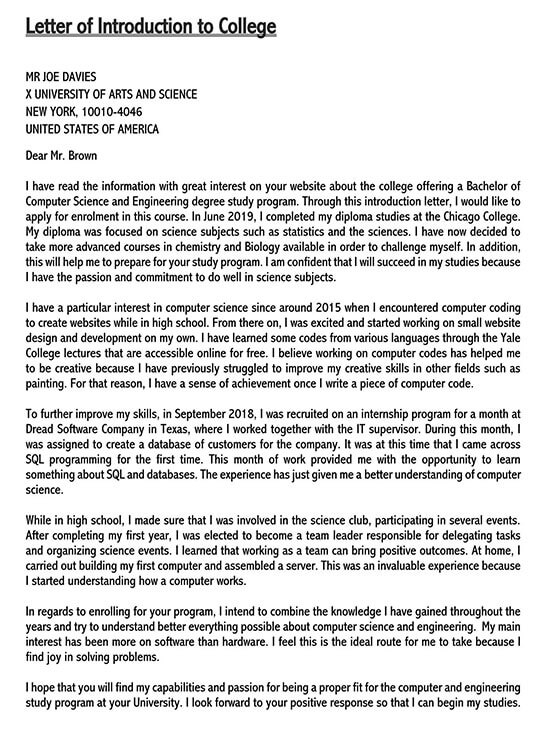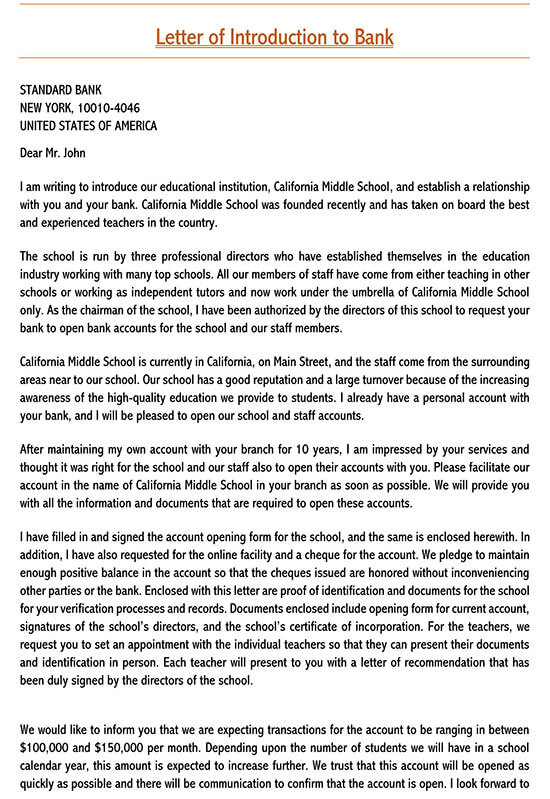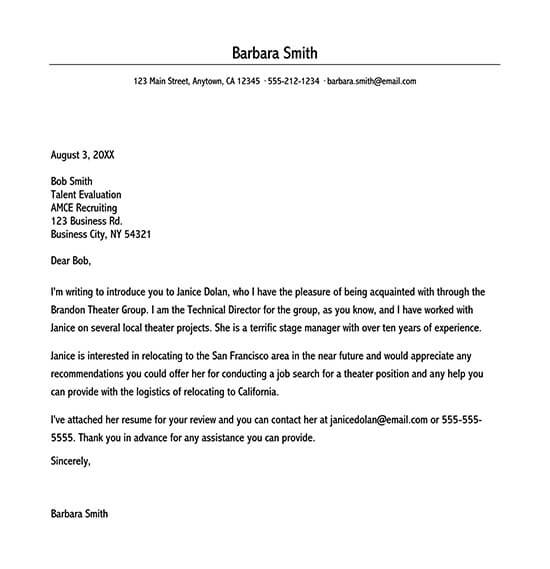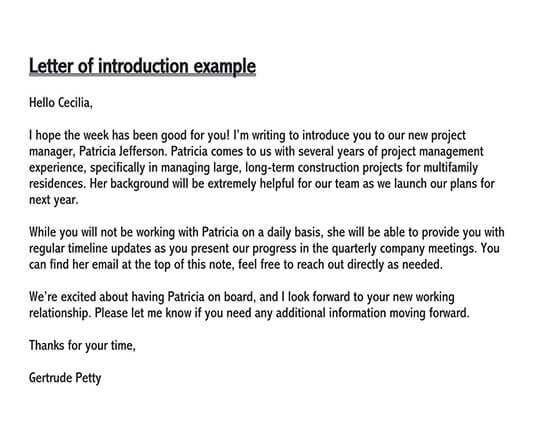You can build long-lasting, beneficial, and professional relationships with new people if you approach them through the proper channels. According to survey reports, networking has helped about 70–80% of job seekers get their dream jobs. You can also build a successful network by effectively building your professional relationships. Writing an introduction letter to a potential client, employer, or new professional contact is a good way to accomplish this.
When making professional introductions, avoid making phone calls; it is best to make this type of introduction through a letter or email. This allows the recipient to go through the message and respond at an ideal time.
Always write and send a proper letter of introduction, whether you are introducing someone to yourself or introducing your contact to someone else. A well-written introduction letter ensures a positive impression on the reader, which increases the likelihood that they will respond favorably to your request to establish a professional relationship.
With this article, you will learn more about what an introduction letter is and is not, as well as the information you need to include in this type of letter and the tips you should observe when writing it. The goal is to make new professional connections, which means you must be able to introduce yourself or someone else effectively and professionally.
An introduction letter is a formal type of communication meant to introduce yourself or someone you know to someone else.
An introduction letter facilitates professional networking that may lead to work opportunities, business growth, and partnerships. Introduction letters are mostly sent through email.
In your line of work, you might need to prepare a letter of introduction to introduce: a colleague to another colleague; clients or customers; team members; contractors or freelancers; job candidates; and one professional to another professional. Ensure that you inform the recipient of the letter about your qualifications and interests that match future positions.
Free Templates
What is Not an Introduction Letter?
It is also important to understand what an introduction letter is not. It is not your resume, cover letter, or a short story about your professional aspirations, and neither is it sent in response to a current job posting. Remember that an introduction letter is not:
Referral letter: A referral letter is a letter that combines an introduction and a recommendation. This means that, in contrast to an introduction letter, which asks you to introduce yourself to a recipient you already know, a referral letter asks you to introduce yourself to a recipient you have never met.
For example:
“I am a student of Professor Kimberly, and she asked me to send you my application documents for the internship position at your company.”
In a referral letter, you have a connection with the recipient through a mutual acquaintance, which is different from a letter of introduction, where you are introducing yourself to someone you have no connection with.
Letter of recommendation: Someone else writes a letter of recommendation or reference for you, which is different from a letter of introduction, where you write the letter yourself. Your recommendation letter will typically be written by a familiar person who will emphasize all of your accomplishments and skills for the reader.
Cover letter: Although you are meant to write a cover letter to introduce yourself, just like in an introduction letter, a cover letter is usually sent along with a CV to apply for a job opening. Its purpose is to introduce your resume and improve your chances of being hired for the position you are applying for.
Types of Introduction
There are two types of introduction letters you may need to write, depending on the professional situation.
Introducing a person you know
If you are introducing someone you know to someone else in a letter of introduction, you might do this by introducing a new team member or team members to the rest of the group, a client to another representative, or even a freelancer to a coworker who needs assistance with a specific project.
Introducing yourself to someone you have not met
In cases where you need to write a letter to introduce yourself to someone you have not met, ensure that you focus on who you are and what you do and make inquiries about job opportunities that may fit your expertise. For example, this might occur if you are new in the city, want to work for a particular company where you have no connections or want some advice on a particular goal you wish to achieve.
Note: Both parties, the person you want to introduce and the recipient of the letter, must be aware of the introduction letter. Once someone has asked you to introduce them to someone else, ensure you inform the person before writing a formal letter of introduction. The recipient of the letter should be aware of and consent to your writing and sending the introduction letter.
What Information needs to be Included in the Introduction Letter?
A letter of introduction may be required in different professional situations. Therefore, the letter must contain specific, vital details that will make it thorough and more effective. Here is the information that needs to be included in the introduction letter.
Greet the recipient
Your letter should always start with a formal greeting addressed to the recipient. Ensure that it is short, thoughtful, and includes their official name. Depending on your relationship with the recipient, you can also use informal salutations in the letter. For example,
Hello Margaret,
Hi Lucy
Dear Mr. Henry.
Explain why you are writing the letter
The next step is to establish your purpose for writing the introduction letter. Again, you will need to focus on why you are making the introduction and explain why this issue involves them. For example,
“I am writing about our meeting last Friday about a new interior designer for the office.”
Include the full name of the person you are introducing.
Then proceed to introduce the person by using their full name and any pertinent titles they may hold. Ensure that this information is brief and accurate. For example,
“I would like to introduce you to Mr. Ahmed Abdul for the interior design work you need at the office.”
Explain their role
Once you have introduced the individual, the next step is to highlight their role. This includes providing a summary of their work, their title and position, the function they perform to highlight why you are introducing them, and finally, the kind of success they have achieved in their field. For example,
“Mr. Ahmed is a freelancer with 15 years of experience in interior designing for both homes and offices. His services are of excellent quality and are affordable too. “He focuses on being cost-effective in terms of the services he provides based on the client’s needs.”
Suggest how they will benefit the recipient
Make sure to explain how the person you introduce will benefit the recipient. Include details about how effective the person is by presenting them as a solution to the recipient’s needs. For example,
“Mr. Ahmed has a great team that will help reduce the time required to complete the work in your office by 13%. After talking to him, he has agreed to meet with you for a brainstorming session before starting the project. This is meant to ensure that, together with his team, he can design the interiors of your office according to your requirements.
Explain how they could collaborate
The next step should be to explain how you think the person you are introducing and the recipient will work together. Consider the additional benefits that the recipient will receive from this new professional relationship. For example,
“Since Mr. Ahmed works independently, you can easily hire him again in the future. I understand that your company is still expanding, and you will need an interior designer in the future. Mr. Ahmed has agreed on some great offers for you to consider as you work together now and in the future.”
Include the contact information of the person being introduced
Ensure that you include the contact details of the person you are introducing. For example, you can inform the recipient to use the email address provided in the “CC” line and add any extra information, such as their phone number. For example,
“Please feel free to reach Mr. Ahmed Abdul on his phone number (555 555 555) or by email ([email protected]) for more discussions concerning your interior design project. Thank you for your time and consideration.”
Specify any next steps
Conclude your letter by providing the specific steps you or the person you introduce should take. It is also best to guide the reader on the actions you wish for them to take concerning the person you introduce. Always mention the reader’s name to make them aware that you are referring to them. For example,
“I would like to suggest that you, Ms. Kimberly, arrange a meeting with him concerning the work required in your office. I will provide Mr. Ahmed with your contact details and ensure he reaches out to you for the meeting.”
End the letter with your name and title
Finally, do not forget to sign the letter with your full name and the appropriate title.
For example:
Sincerely,
Rita Peters
Coordinator
Samples: Letter of Introduction
Introduction on behalf of someone else
Dear Pauline,
Hope you are doing well. I would like to introduce Michael Robertson. He is a freelance content writer who specializes in writing for security start-up firms with expertise in blockchain and cryptocurrencies. I have known him for the last four years, and I have done several projects with him. He truly is gifted in what he does.
He is interested in joining your firm, and I thought it might be useful if you two met. You can check out his portfolio at www.michaelrsons.com. I have cc’d him here, so you two can have a chat. You can also reach him at (888)628826
Best Regards,
Kim
Introduction on your behalf
Hi, Richard,
My name is Mary Kyler. I am a freelance content writer with five years of experience writing for security exchange firms with expertise in blockchain and cryptocurrencies.
I am a great fan of your work, particularly the project your firm worked on with the XYZ security agency. If you have the time, I would love to chat with you about the basics of content writing in a firm setting and whether there are any potential job opportunities with yours.
If you have time to talk, you can reach me at (888)1718877. You can also view my portfolio at www.marykylerrtrtr.com
Thank you for your time.
Best,
Mary.
Professional Tips for You
You will find below some tips for writing your letter of introduction that will ensure you get a positive response from the recipient.
Address a specific individual
When writing your introduction letter, ensure that you address a specific person. Avoid starting your letter with phrases like “To Whom It May Concern,” “Dear Sir or Madam,” or “Dear Hiring Manager.” Instead, ensure that the letter is more personalized by addressing it to someone specific. In cases where you do not know much about the recipient or their company, you can request that they connect you to someone who can assist you if they are not in a position to do so.
Customize your introduction
An introduction letter must be personalized according to the current situation. Also, it is crucial to include helpful information for both parties in the introduction. This is the section you will use to attract the recipient’s attention in your letter, which means you have to write it effectively.
Stay relevant
Your letter should always be relevant. When writing, you must focus on the letter’s main point: creating and building new professional connections. Therefore, always be friendly but avoid sharing unnecessary information.
Be brief
Ensure that the letter is brief and precise. Since it is best to send your letter of introduction via email, making it concise will increase the chances of the recipient reading your email. A brief letter will encourage the recipient to read your entire letter, even though they probably have a busy schedule.
Use a professional tone
A letter of introduction is an official letter, and you must use a professional tone while writing it. Additionally, the letter’s tone needs to be appropriate for the circumstances and the recipient’s position in the relationship. Therefore, it is best to maintain professionalism when writing your letter.
Research the recipient’s background
You need to gather information about your recipient before approaching them if you do not know them. Ensure you research and gather information about their background, qualities, and values. Your decision regarding what details to include in your letter will be aided by your understanding of the recipient’s background. You can write an appealing letter that highlights your qualifications and skills that are relevant to the recipient’s field and background.
Set expectations
It is important to inform your recipient about your expectations based on the reason you are writing the letter. Therefore, your letter should use clear and precise language that informs the recipient of the reason for the introduction and what you expect to get in return.
Edit and proofread
Before sending your letter, ensure you proofread and edit it appropriately. It is critical to correct grammar and spelling errors before sending the letter.
Follow up
Finally, it is essential to follow up on your letter. This tip is optional, but it will let you know if there has been any progress with your introduction and expectations.
Key Takeaways
- A letter of introduction is written to foster new professional connections for you or your contacts.
- Since this letter facilitates networking, your chances of getting a job or a new opportunity are greatly increased.
- Ensure that your introduction letter is short, concise, and relevant. It is a business letter; the aim should focus on the critical points.
- The best way to facilitate this type of correspondence is through email, as it is timely, effective, and professional.
- Use our template and samples as a guide to help you write a proper and effective letter of introduction.
- Always proofread and edit your letter before sending it, as a well-written one will give the recipient a good first impression.
